Of all of the video game franchises I don’t think I would’ve expected to work in VR, at least in a way that’s properly representative of what makes the “flat” versions what they are, Assassin’s Creed was certainly edging near the top of the list. There are components of it that make sense – climbing works particularly well in VR as evidenced by games like Horizon Call of the Mountain, and swordplay with 1:1 controls is always a blast – but to try and capture the full Assassin’s Creed experience in consumer-level virtual reality seemed like a leap of faith. I’m glad Ubisoft took it though, because it’s absolutely stuck the landing.
Assassin’s Creed Nexus VR comes as a Meta Quest exclusive, playable on the Quest 2, Quest Pro or the Quest 3, and puts players in the virtual shoes of an unnamed “hacker” brought onto a mysterious mission to locate a series of powerful artifacts for Abstergo Industries but also acting as a double agent and saboteur on behalf of a couple of familiar faces. Realistically, it’s just a framework to have you dive into the worlds of three iconic Assassin’s Creed protagonists – Ezio Auditore da Firenze, Kassandra and Connor Kenway – as you experience brand-new adventures with them written specifically for this game. It’s a neat setup, largely inconsequential or memorable by the end but it works as an excuse to bring back these three legends and settings.
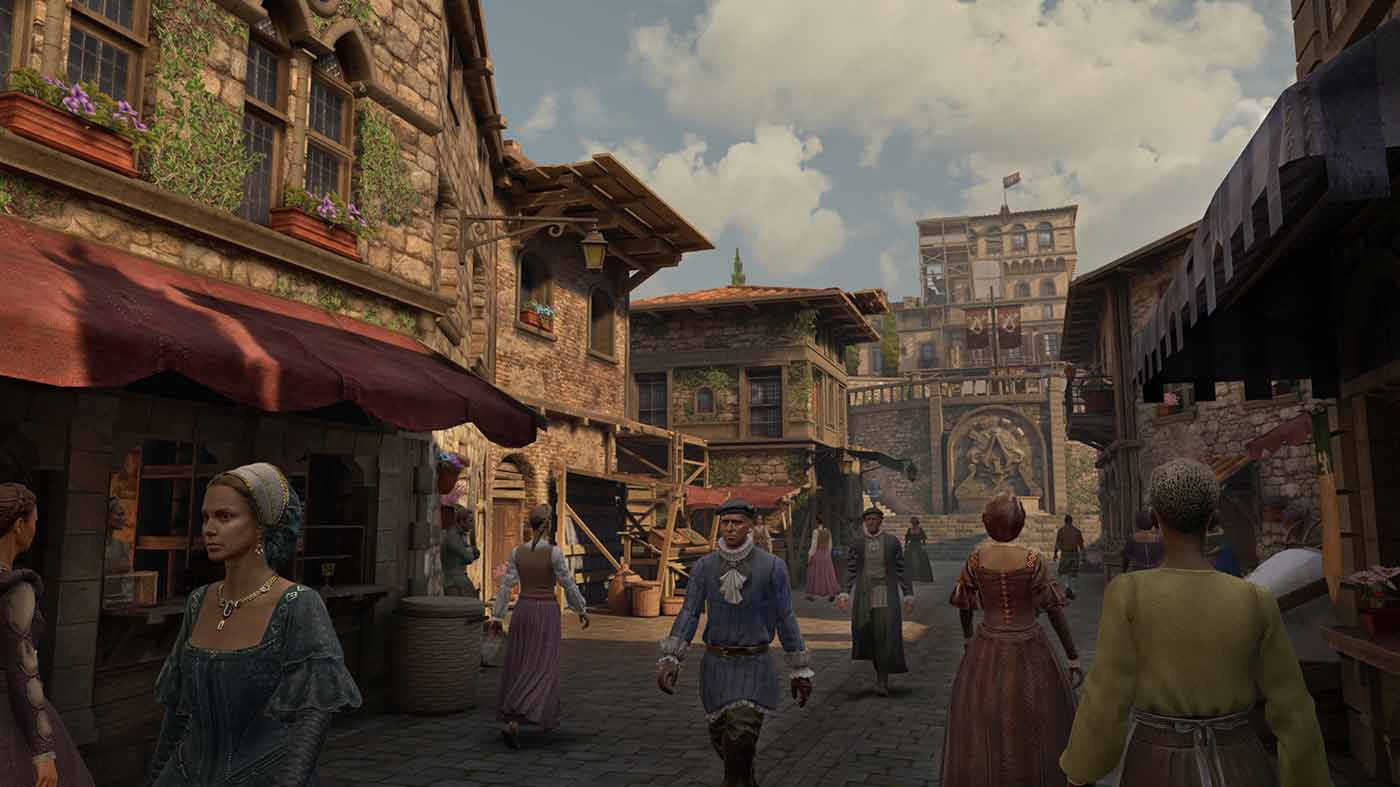
One of the most immediately-noticeable things about Nexus VR is that it looks great. While it technically can be played on a Quest 2, I played through the game on the newer Meta Quest 3 and it absolutely blew away my expectations of what a standalone VR headset is capable of. Sure, if it were running on a PC or PS5 the performance and texture quality might be a bit better, and some of the character models might not look quite so off-putting. But the richness of the environments, the impressive crowds, lighting, draw distances and effects are top-notch considering it’s all running natively on the battery-powered Quest headset.
Where Nexus truly excels, as I alluded to early on, is capturing that authentic Assassin’s Creed experience in VR – specifically the seventh-gen era that spawned two of its settings in Assassin’s Creed II and III. Those core pillars of stealth, parkour and combat are present and accounted for and woven together in convincing ways throughout. While it’s not a fully open-world game like the titles it’s based on, the game’s 16-odd levels do regularly feature smaller, free-roam urban environments to explore for collectibles and neat gameplay opportunities as you make your way to each objective – often in an order of your choosing.
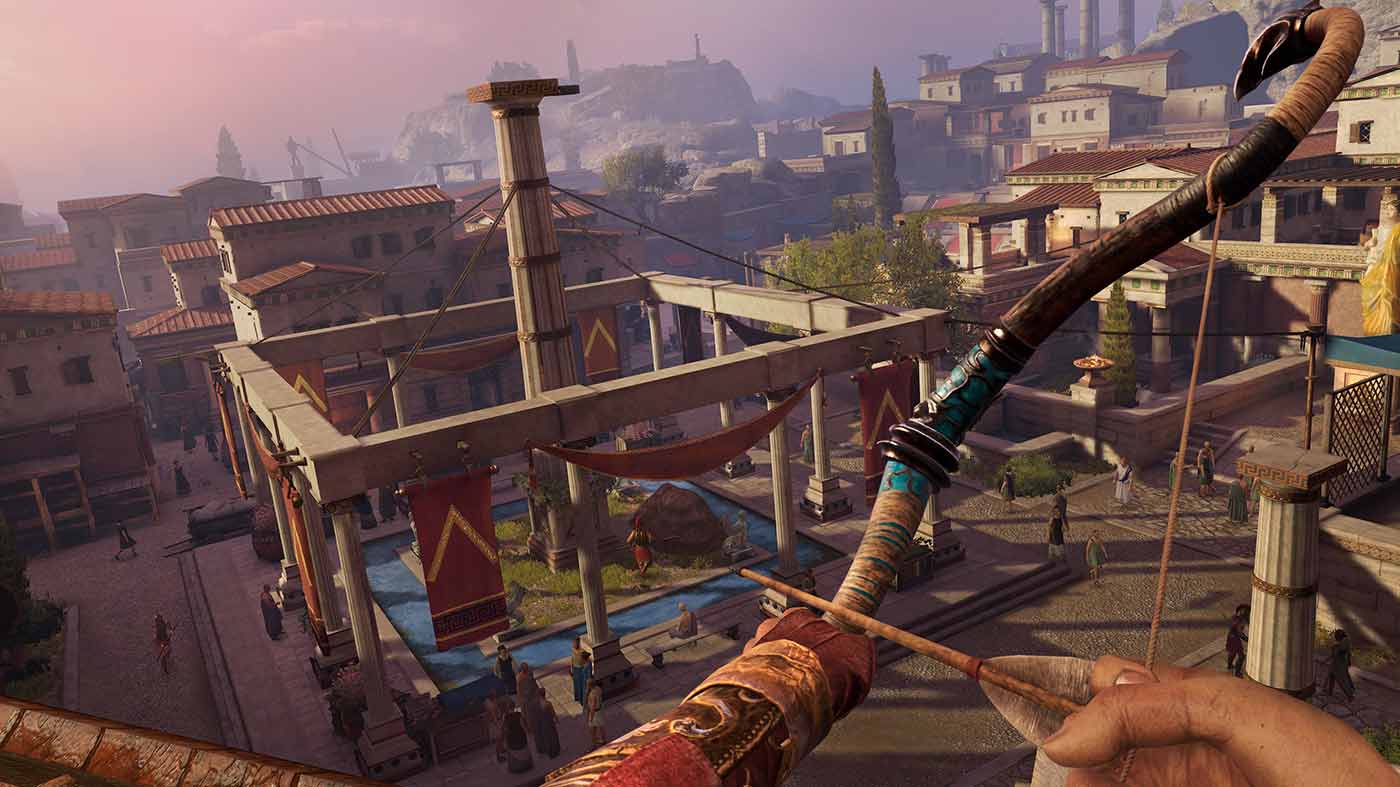
Whether you’re wandering the streets of the walled town of Monteriggioni, skulking through the Boston Docks or navigating a besieged Athens your ability to run, jump and climb your way around is essential. Ubisoft’s solution to replicating the series’ ubiquitous parkour is a combination of button presses and 1:1 actions that works shockingly well. Holding the A button on the Quest controller as you walks or sprint towards a ledge or climbable surface will automatically have your character jump, and using the grip buttons with either hand will act as a grab for your in-game arms.
Combining these makes it super intuitive and easy to say, sprint across a rooftop, leap to an opposing wall and grab onto a jutting beam to start ascending. It’s obviously somewhat simplified but still genuinely feels like a first-person, hands-on take on proper Assassin’s Creed parkour and climbing and is never not fun. Leaps of faith are in, too, with the game even encouraging you to spread your arms wide as is custom as you throw yourself into the air – and they’re absolutely breathtaking.
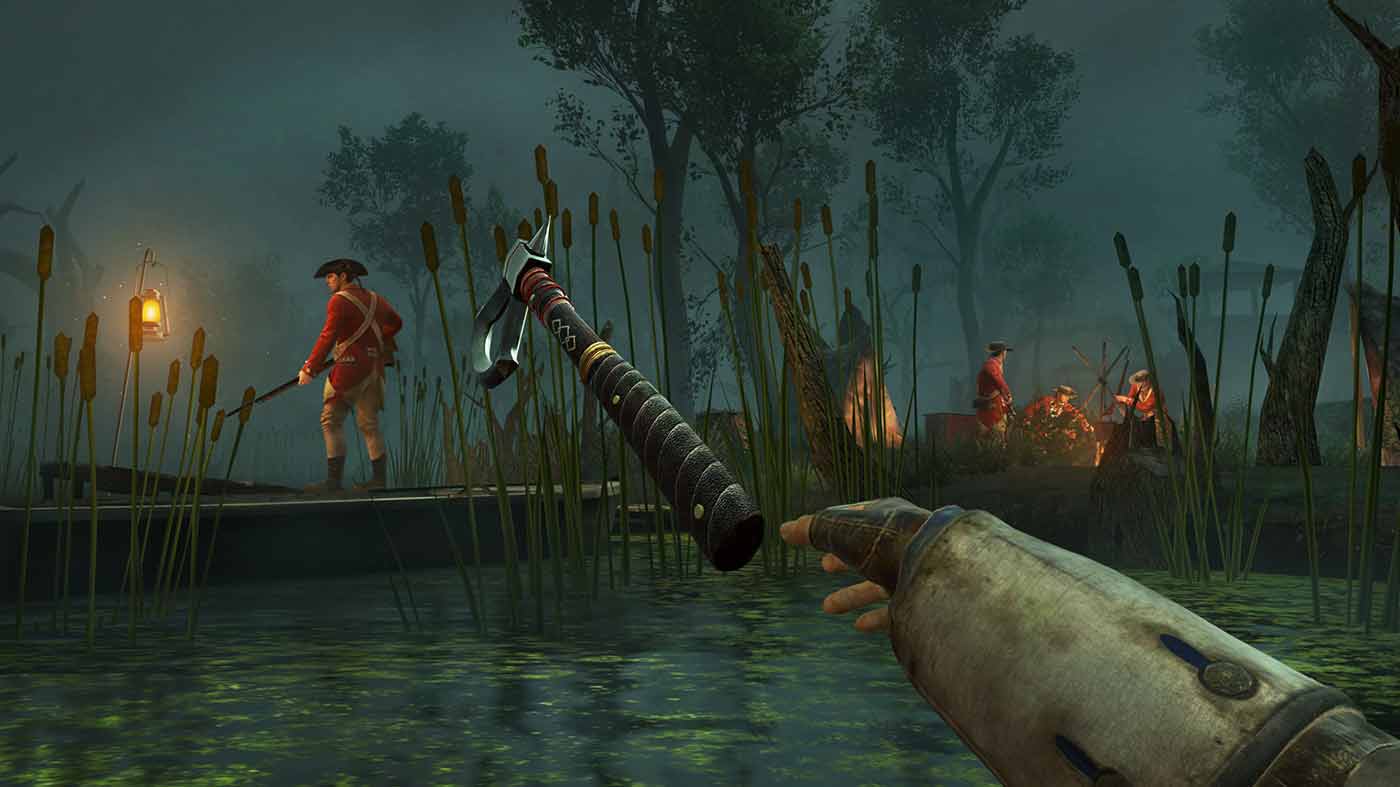
Stealth is a similarly-streamlined take on what fans know from the series, allowing you to crouch as you move around to hide behind low walls or objects, or inside tall grass and hay bales. Enemies aren’t particularly bright, making it quite forgiving but probably necessarily so given how volatile VR controls can sometimes be. They can be distracted by picking up nearby objects and throwing them around, but for the most part I found it pretty easy just to slip through each area and quietly stab them in the back with my hidden blade, which you pull out by doing the whole iconic wrist-flicking motion. Cool as hell. One of my favourite Assassin’s Creed bits – swimming up to a ship, climbing the side and yanking the soldiers on board to their watery grave is completely intact here, too.
Each of the three characters also comes along with their iconic arsenal, like Ezio’s sword and dual hidden blades or Connor Kenway’s tomahawk, all supplemented by things like bows, throwing knives and smoke bombs to round out your options. Everything’s intuitively placed on your body so grabbing at where your blade is, or the knives at your chest or bow at your back makes sense. Save for the odd moment where I was seemingly pulling out arrow after arrow and not the bow I needed to load them into, all of these actions felt surprisingly reliable in the heat of the moment.
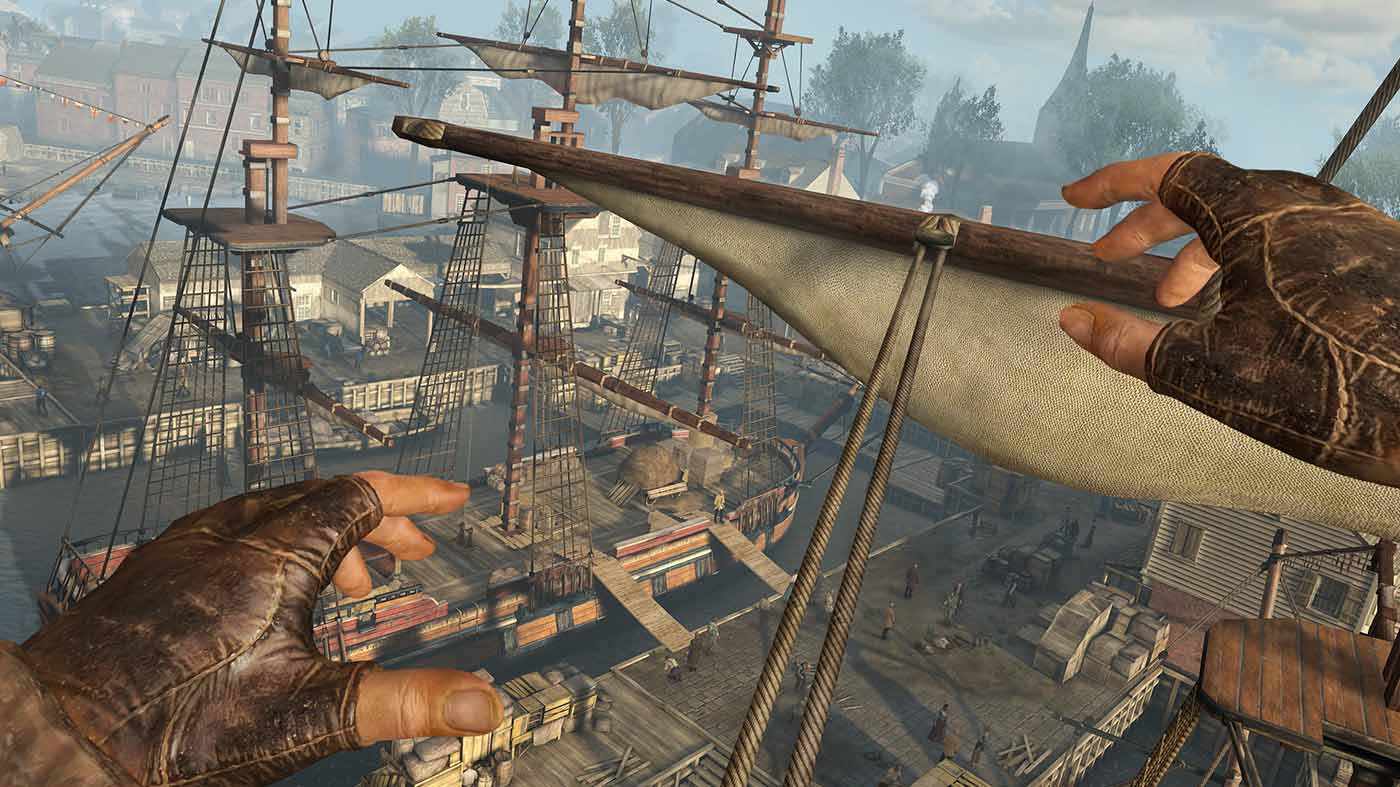
Which is good, because when things do get heated you might find yourself discovered by your enemies and forced to fight back. Sometimes that means being locked into melee combat with one or more foes, which is typically a pretty simple affair where you attempt to block enemy swings by holding your own weapon in the opposing direction to theirs and then get in there with your own blows when the opportunity strikes. It’s never overly complex or challenging, unless you really get ganged up on, and even then much like classic Assassin’s Creed games your foes tend to be pretty courteous and wait for their turn to strike. Armed combat is probably the weakest of the core gameplay mechanics in Nexus VR, but it definitely works for what it needs to be.
What’s important is how this all blends together, and Ubisoft has done a great job crafting each 30-60 minute “level” across the 15-odd-hour runtime (depending on how often you stop to scour for collectibles and complete mini-challenges) to offer a good variety of everything at a nice pace. Every big encounter or stealth set piece feels finely-tuned to offer plenty of freedom and options while also directing some great moments as things fall into place and you execute incredibly satisfying VR kills or manoeuvres. Quite often I’ll play VR games in single-hour bursts as the fatigue of the headset and movement set in, but with Nexus VR I was routinely running my Quest 3’s battery to completion without realising I was engaged for hours at a time.
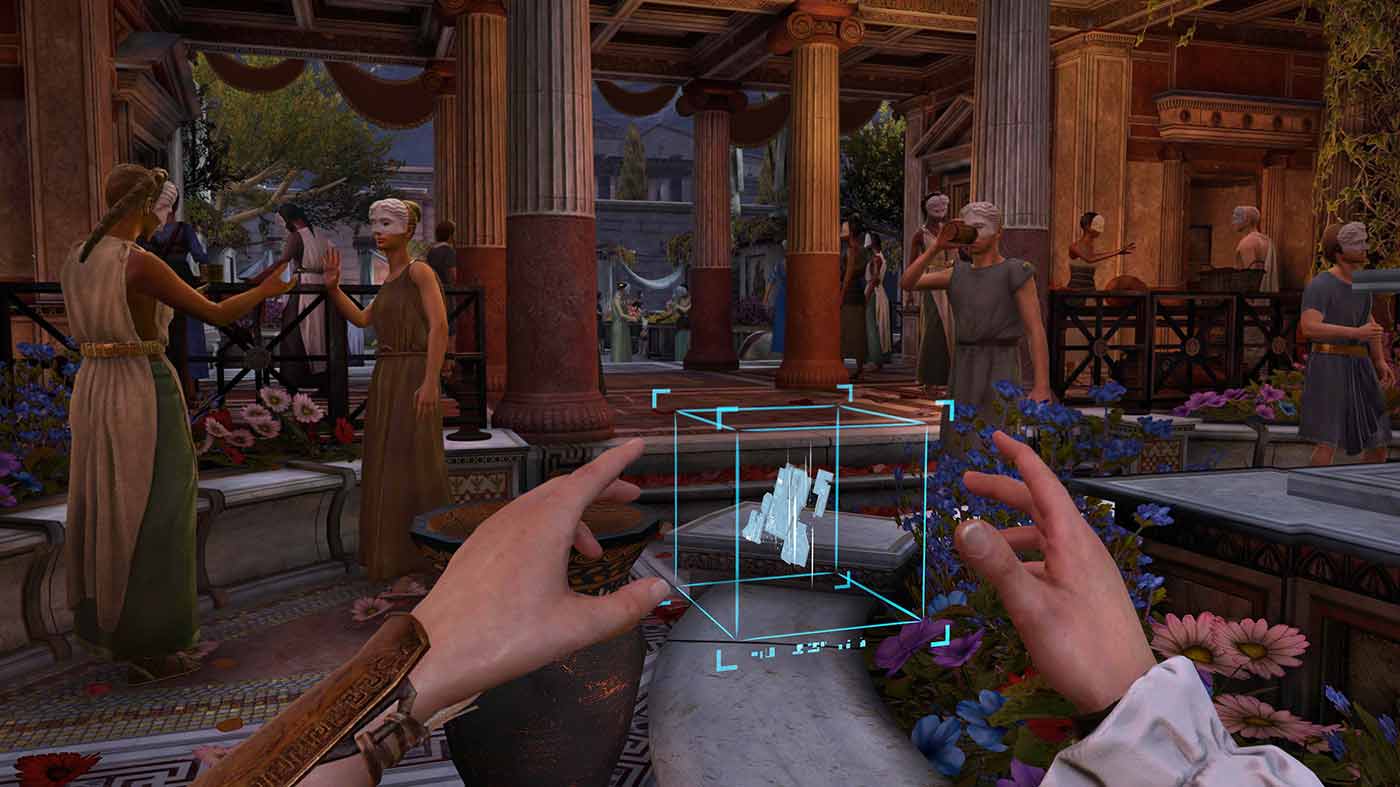
I consider myself very lucky that I can jump into a game like this with full locomotion, smooth turning and not a single comfort option needed, but thankfully for anyone considering the freedom of movement in this game and how it might affect them there are a ton of great comfort and accessibility features here. The options to show up visual guides on your real-world floor height and position will come in especially handy for anyone struggling with huge leaps or vertical movement, of which this game has plenty, so if you’re okay with the vast majority of VR experiences I reckon you’ll be fine here.
Assassin’s Creed Nexus VR is available now for Meta Quest 3, as well as Meta Quest 2 and Pro. You can get the Meta Quest 3 headset from Amazon here and the game from the Meta Store here.




